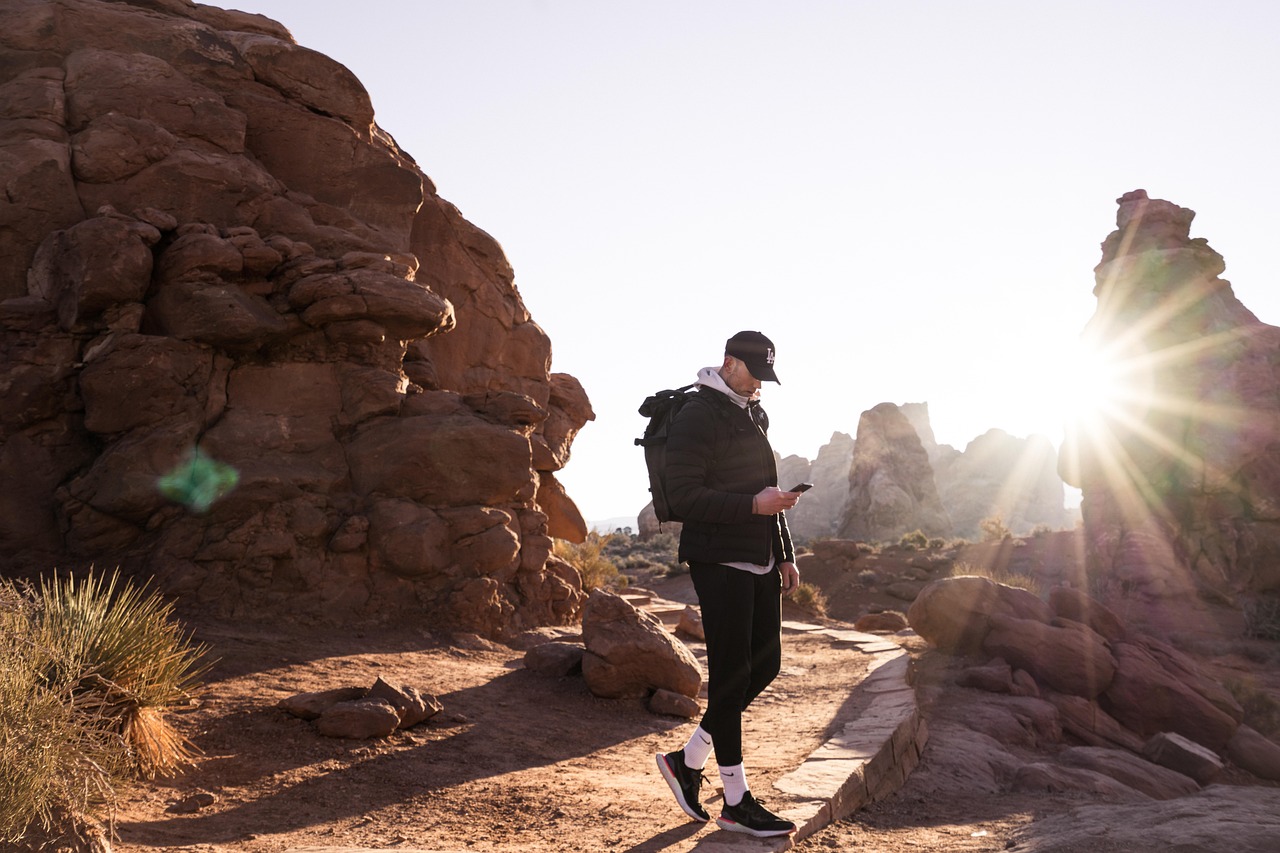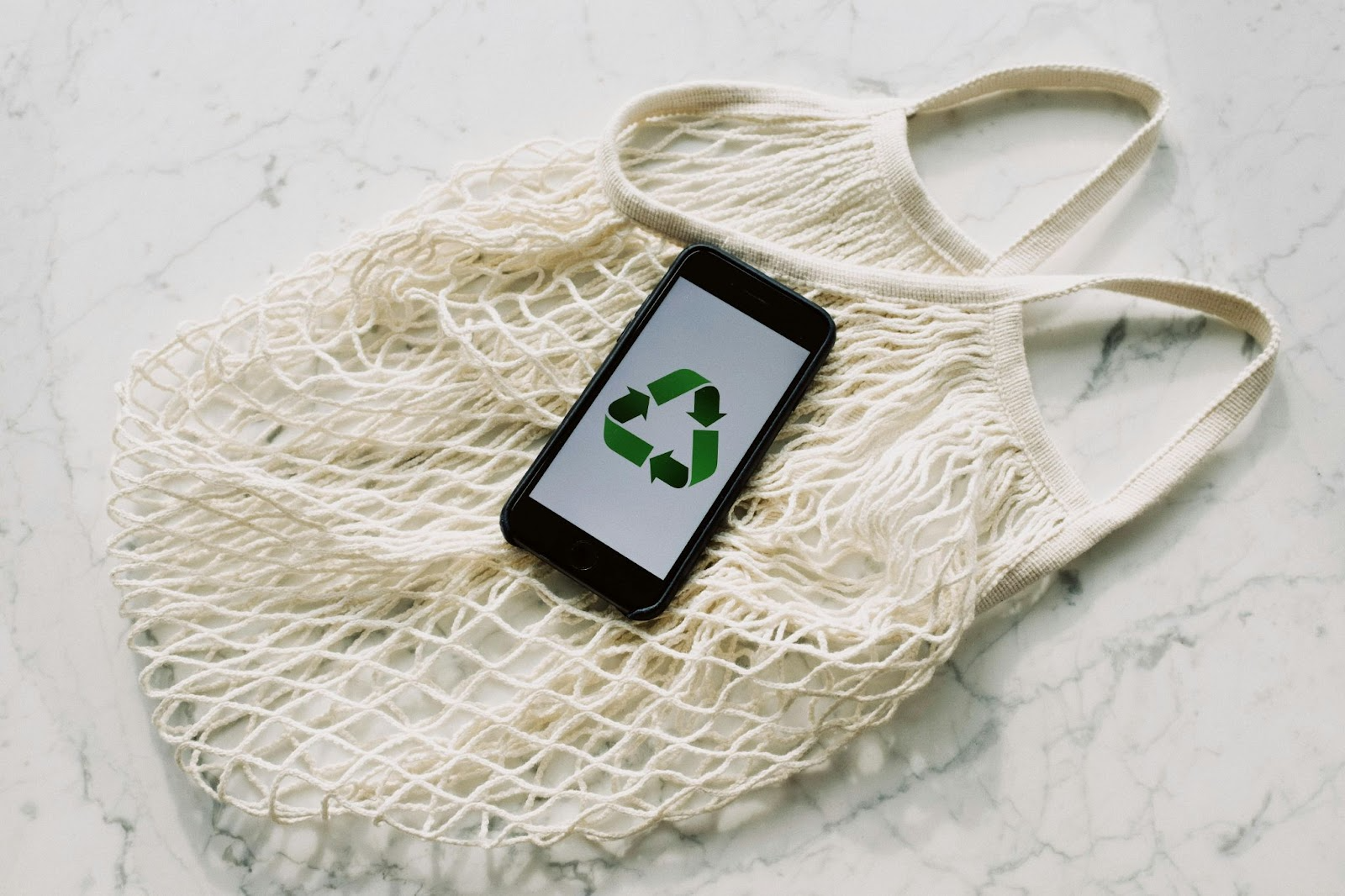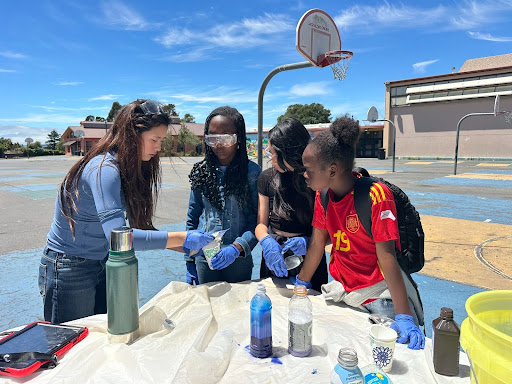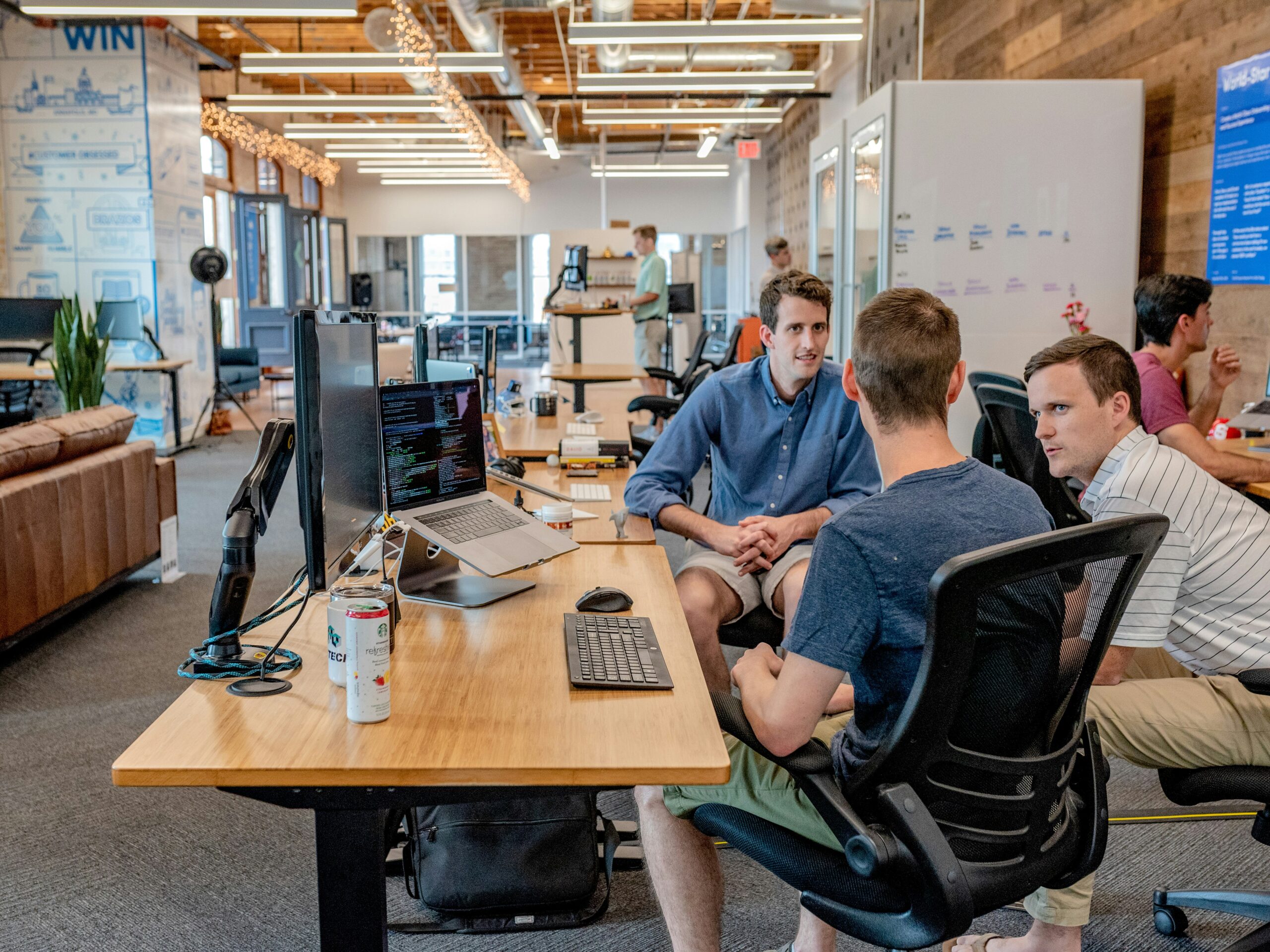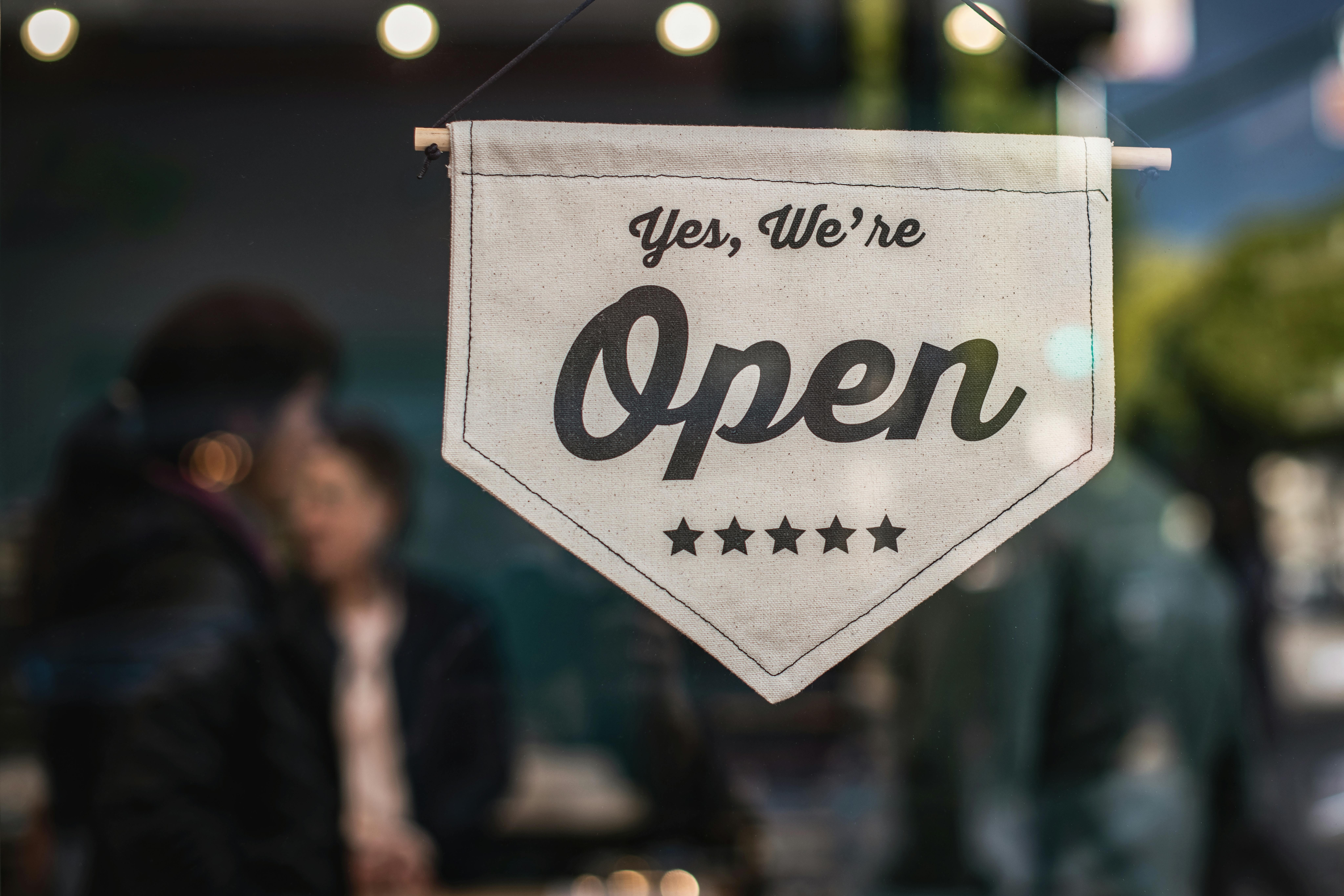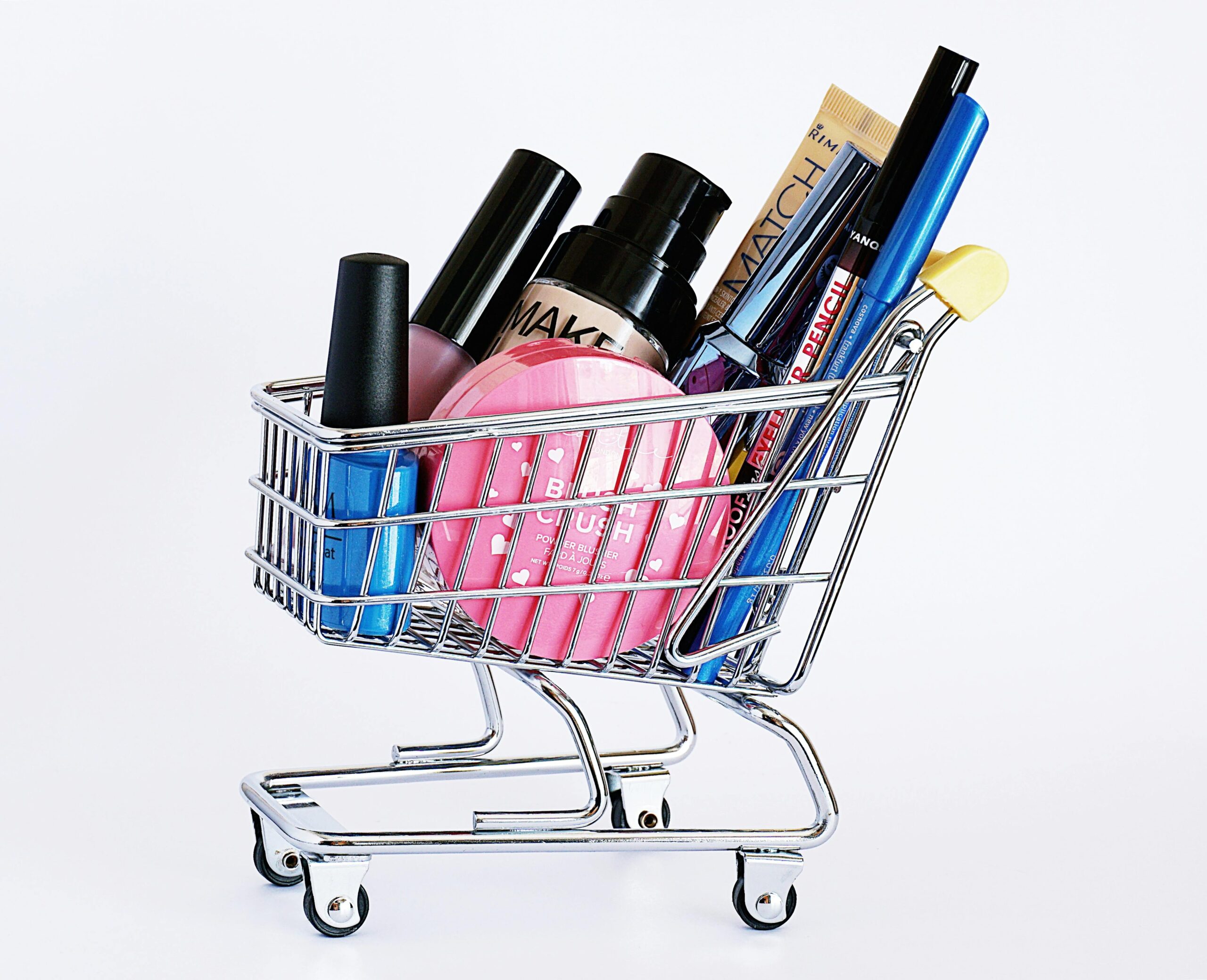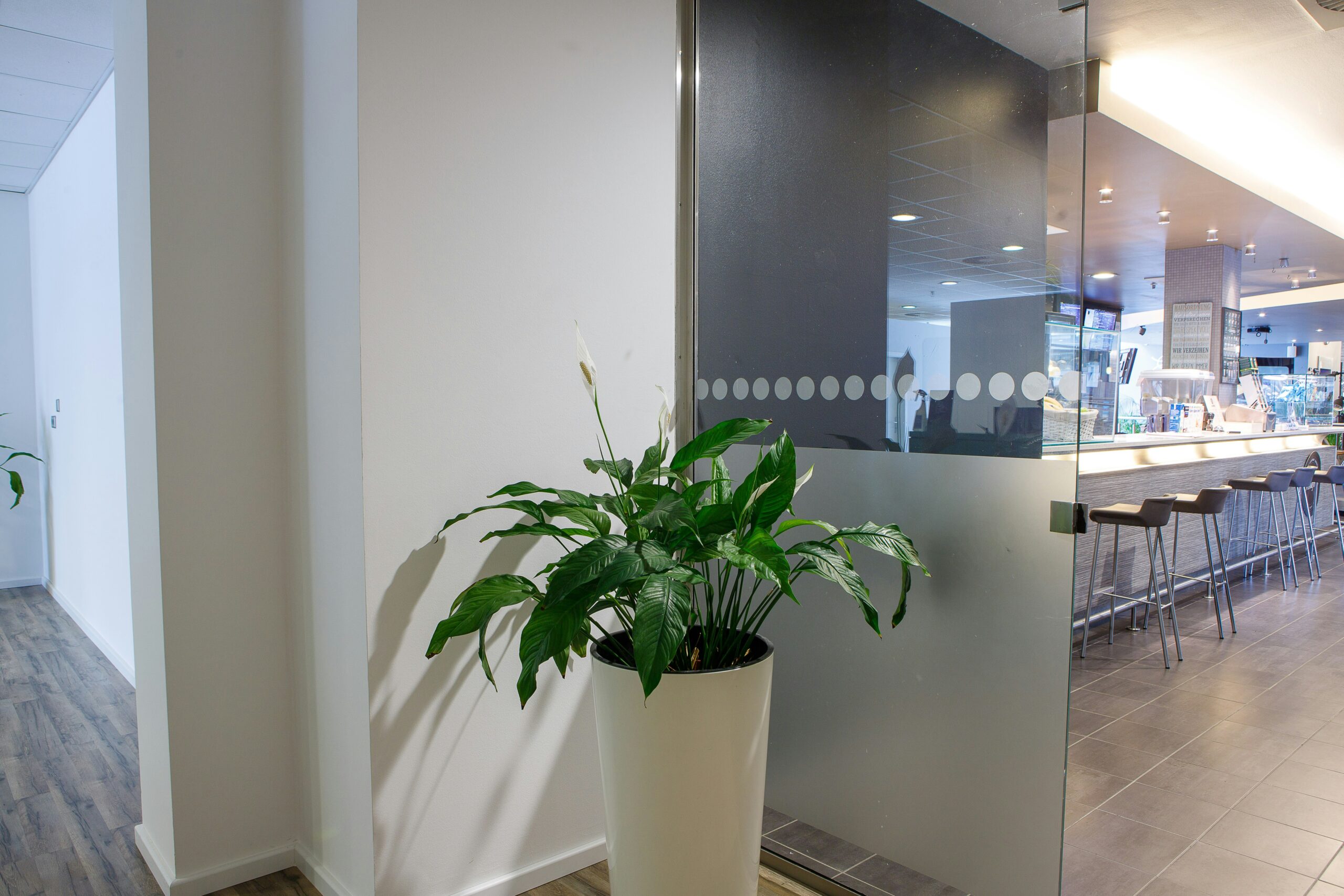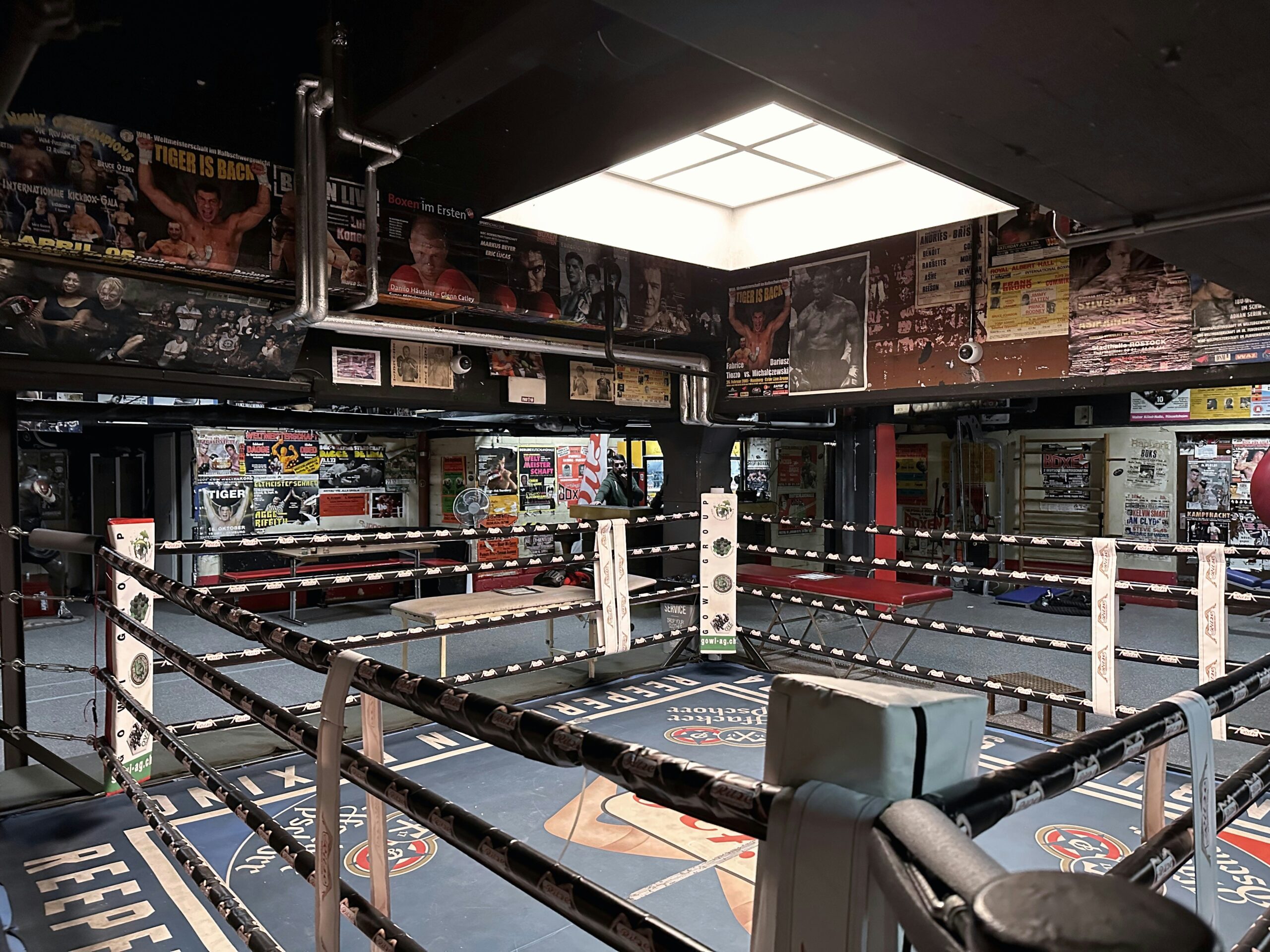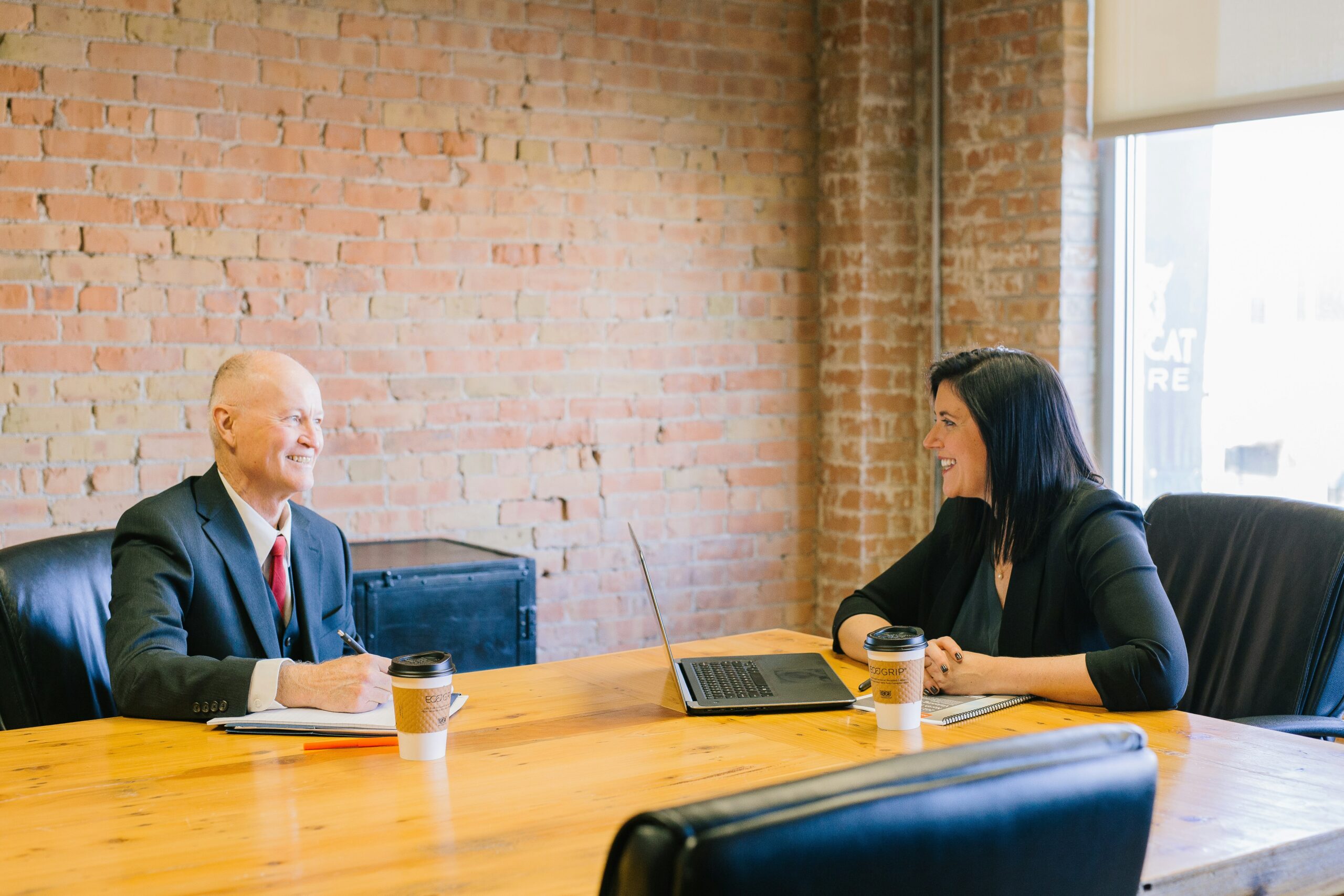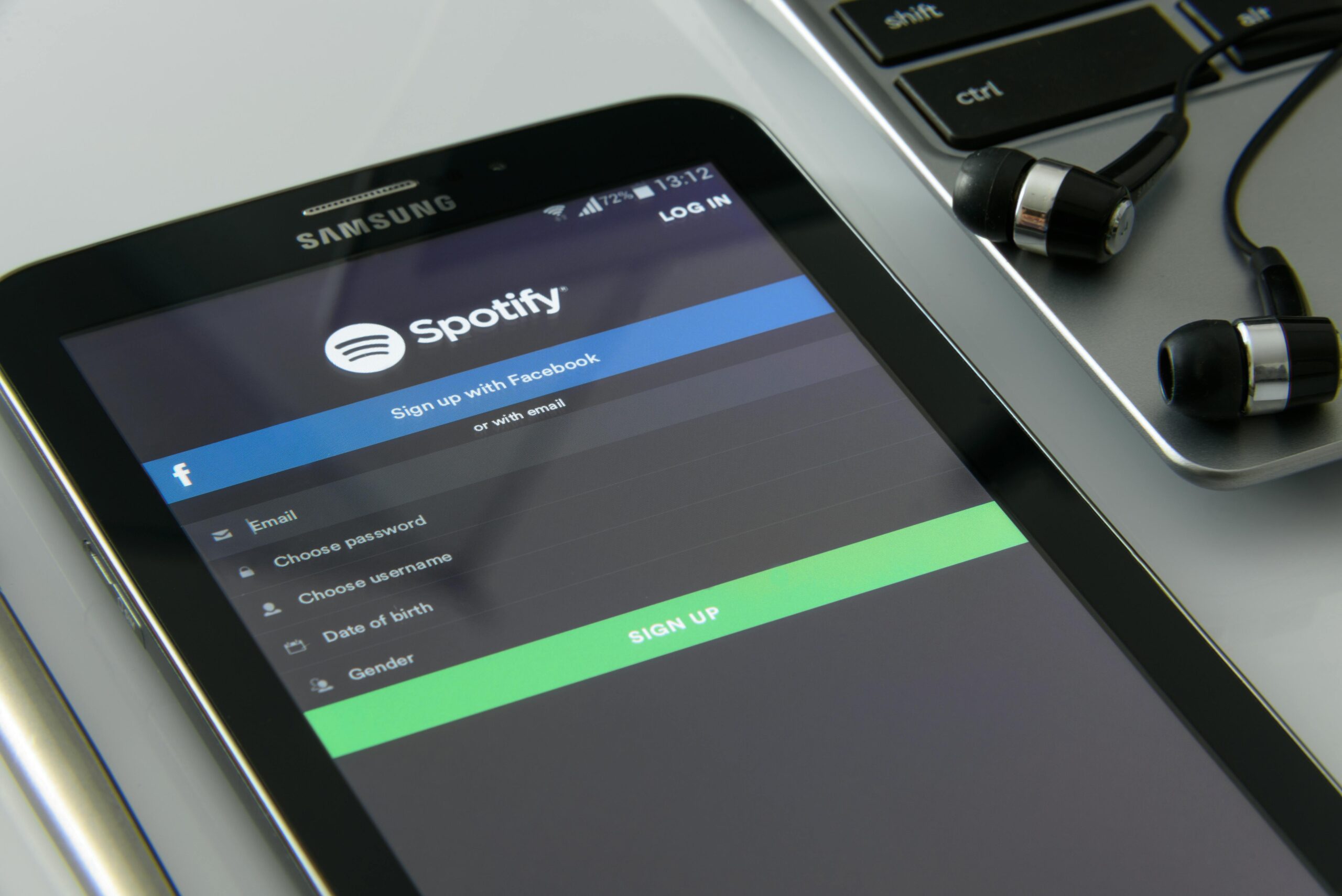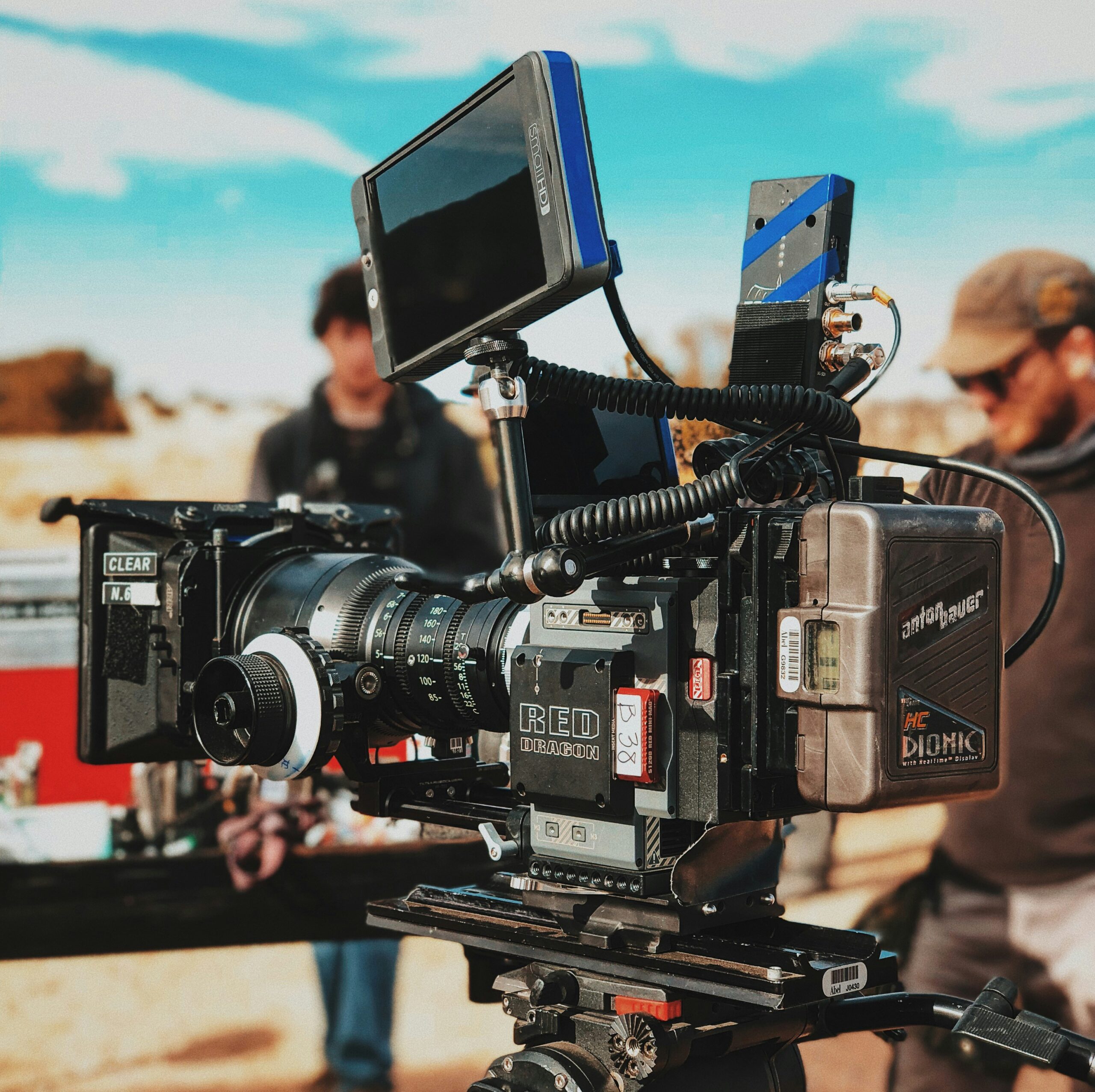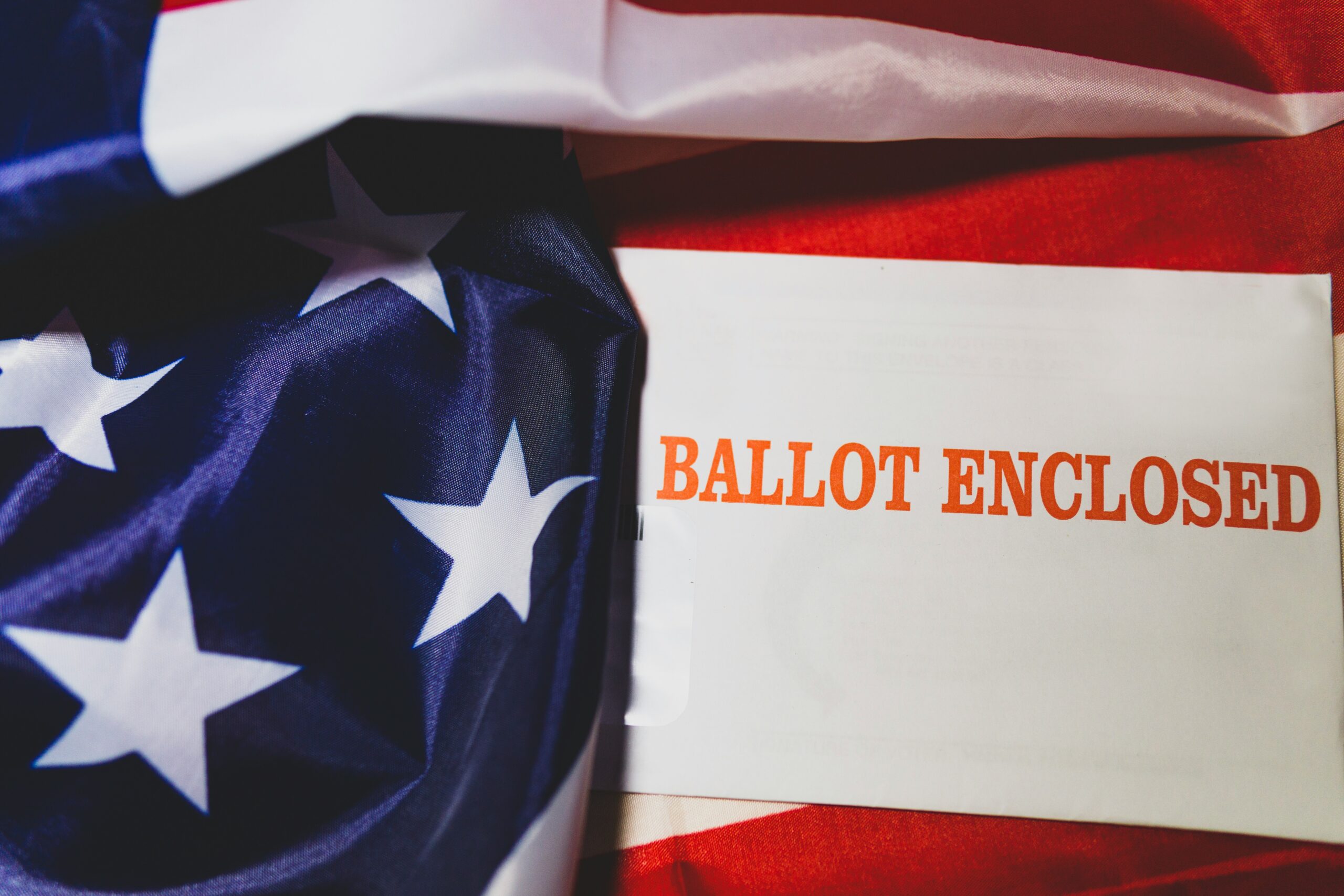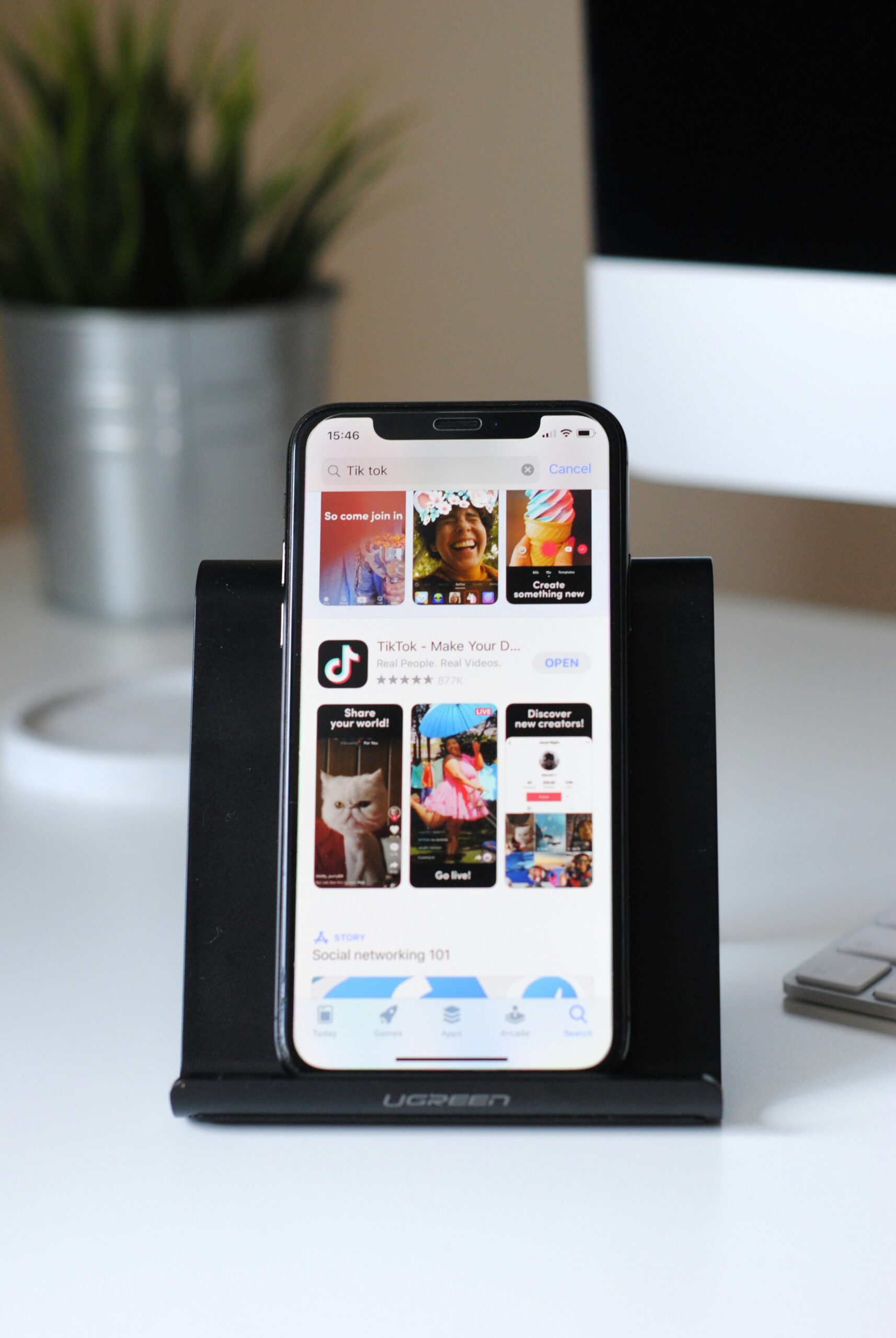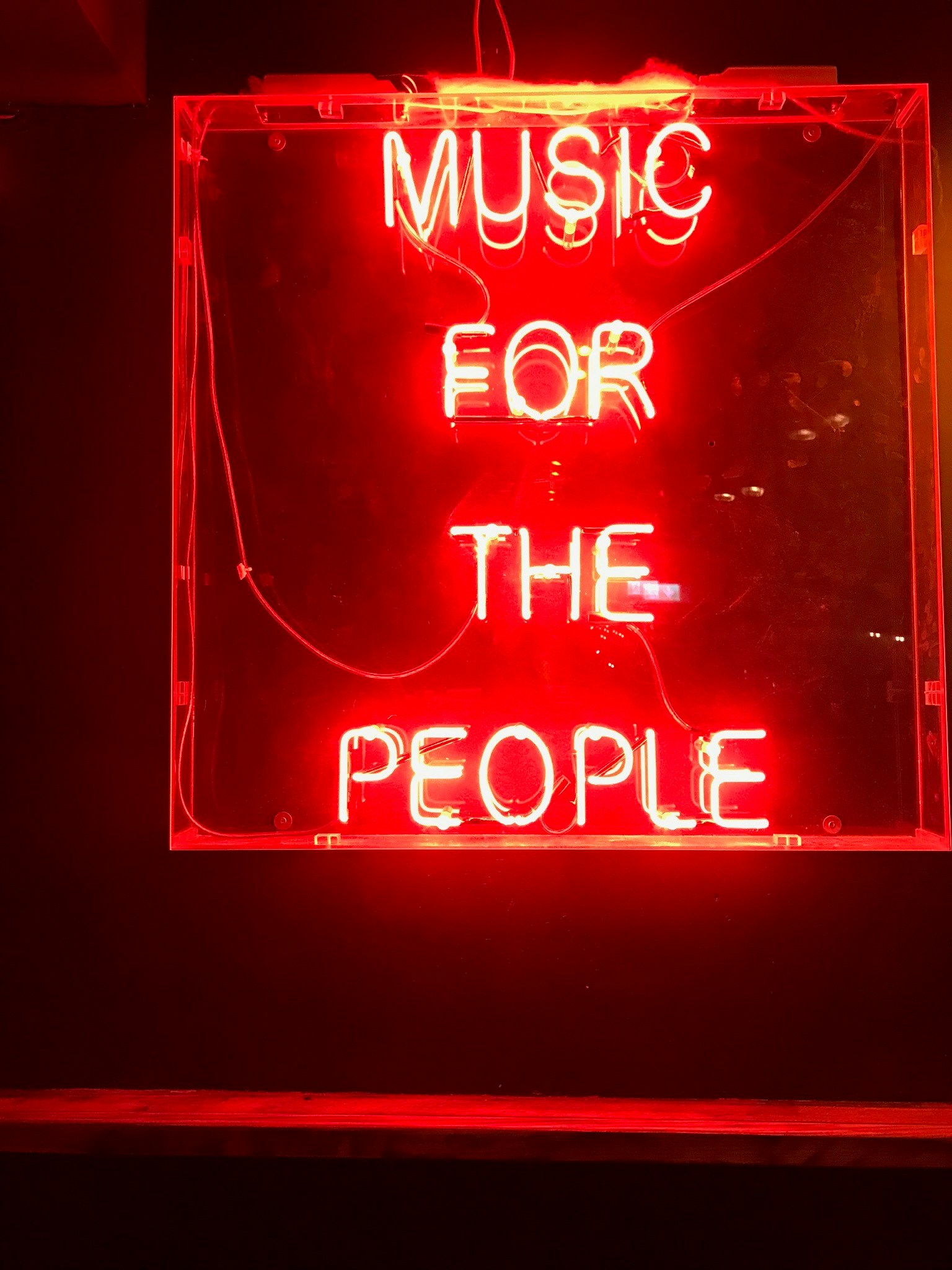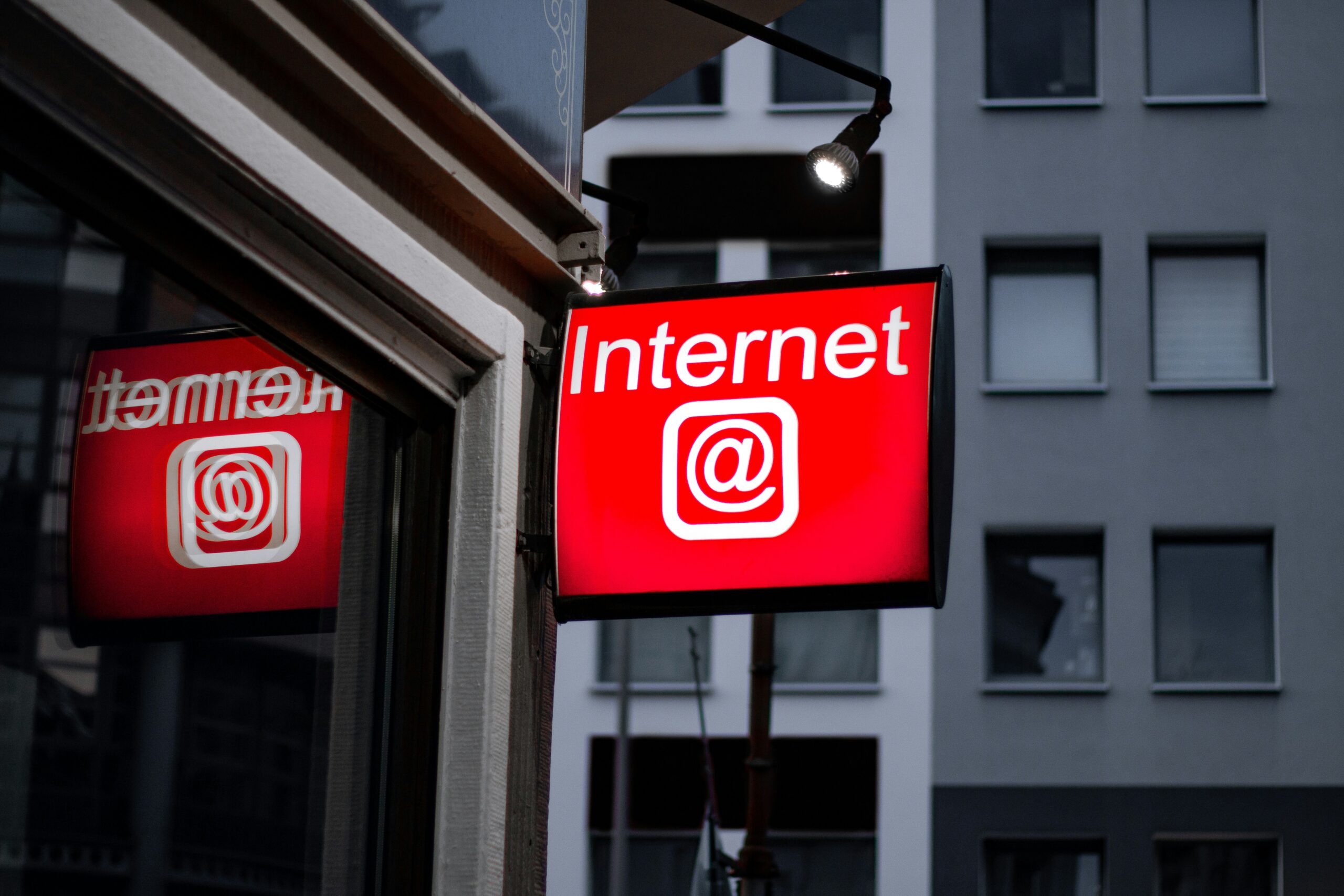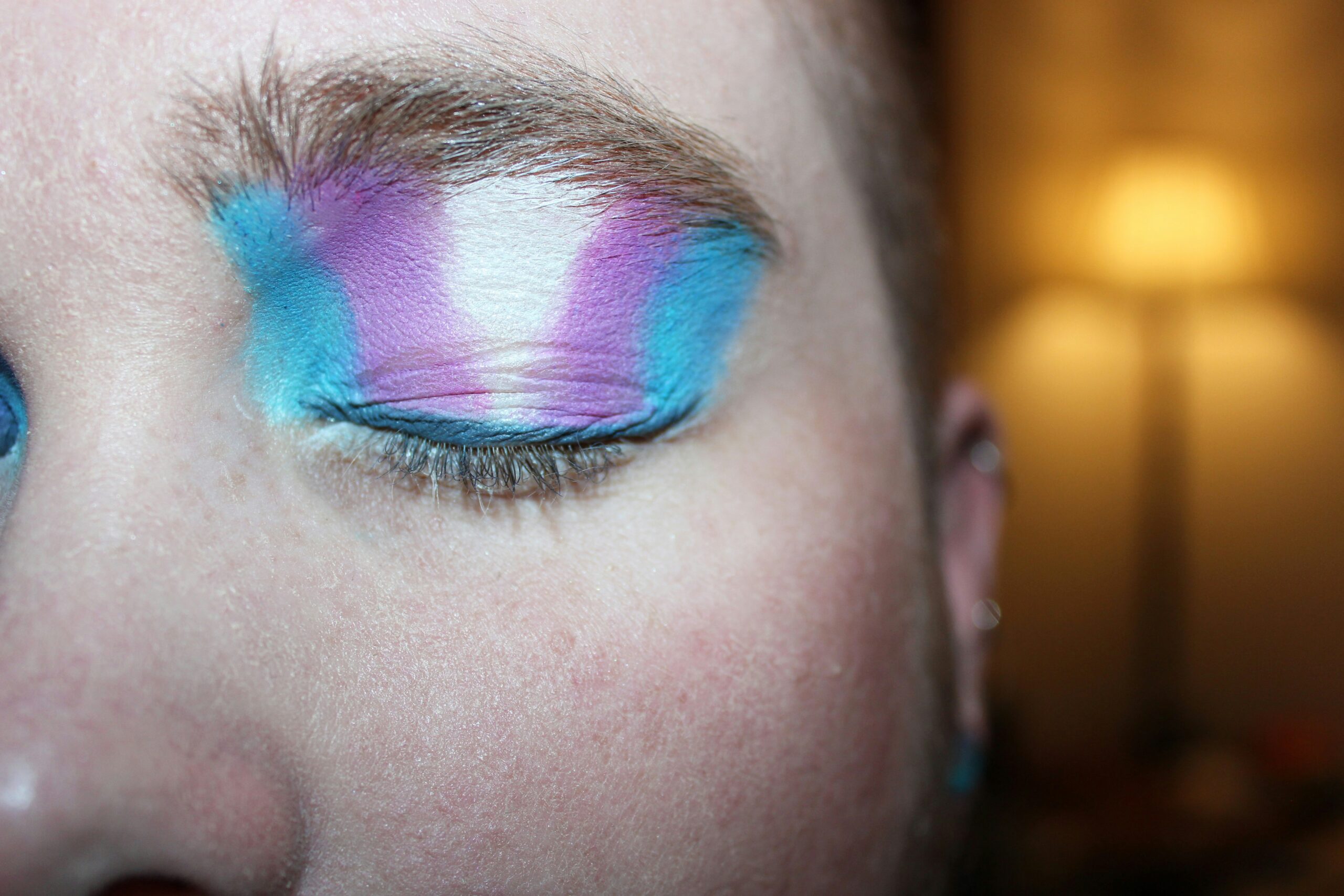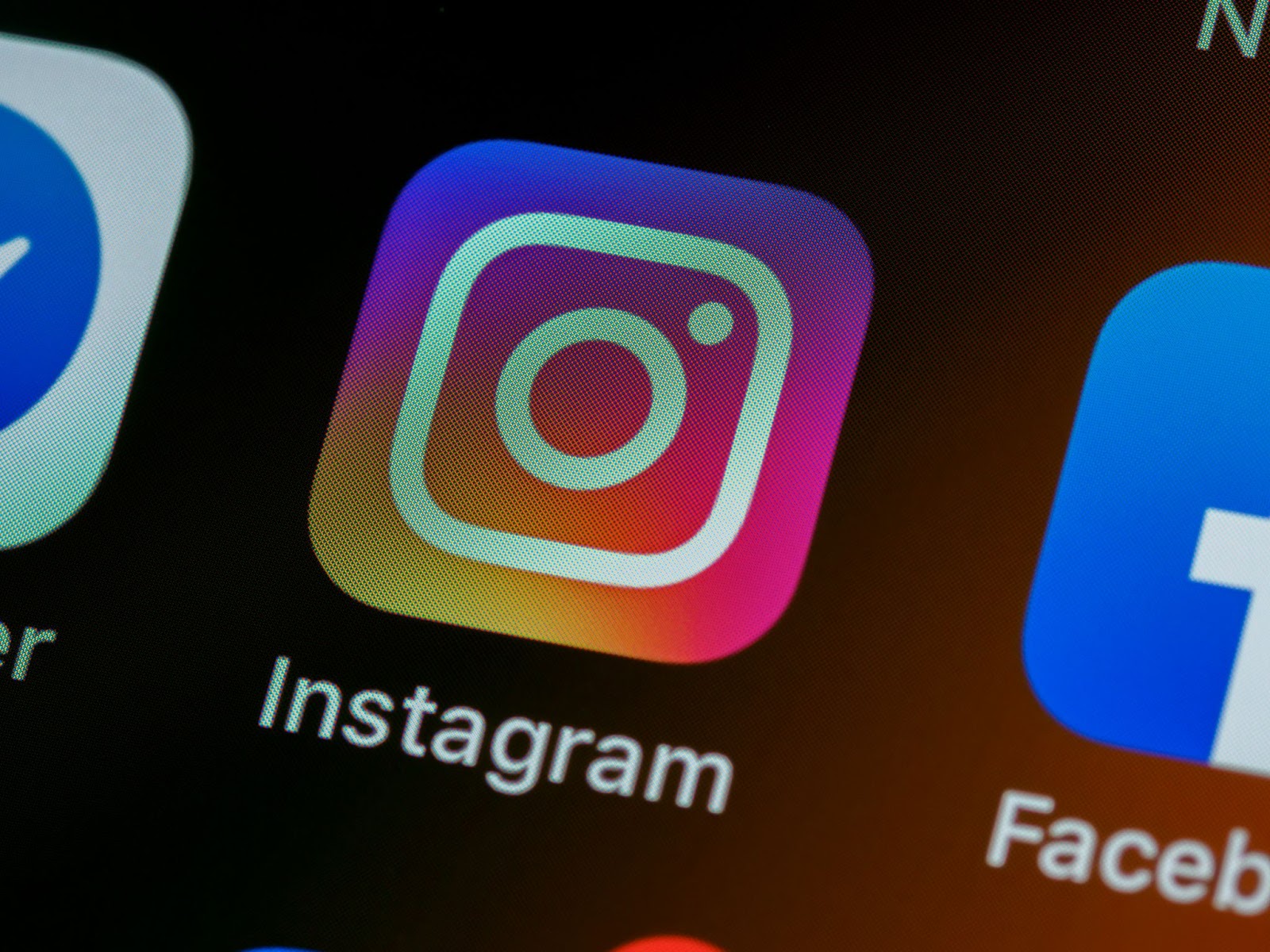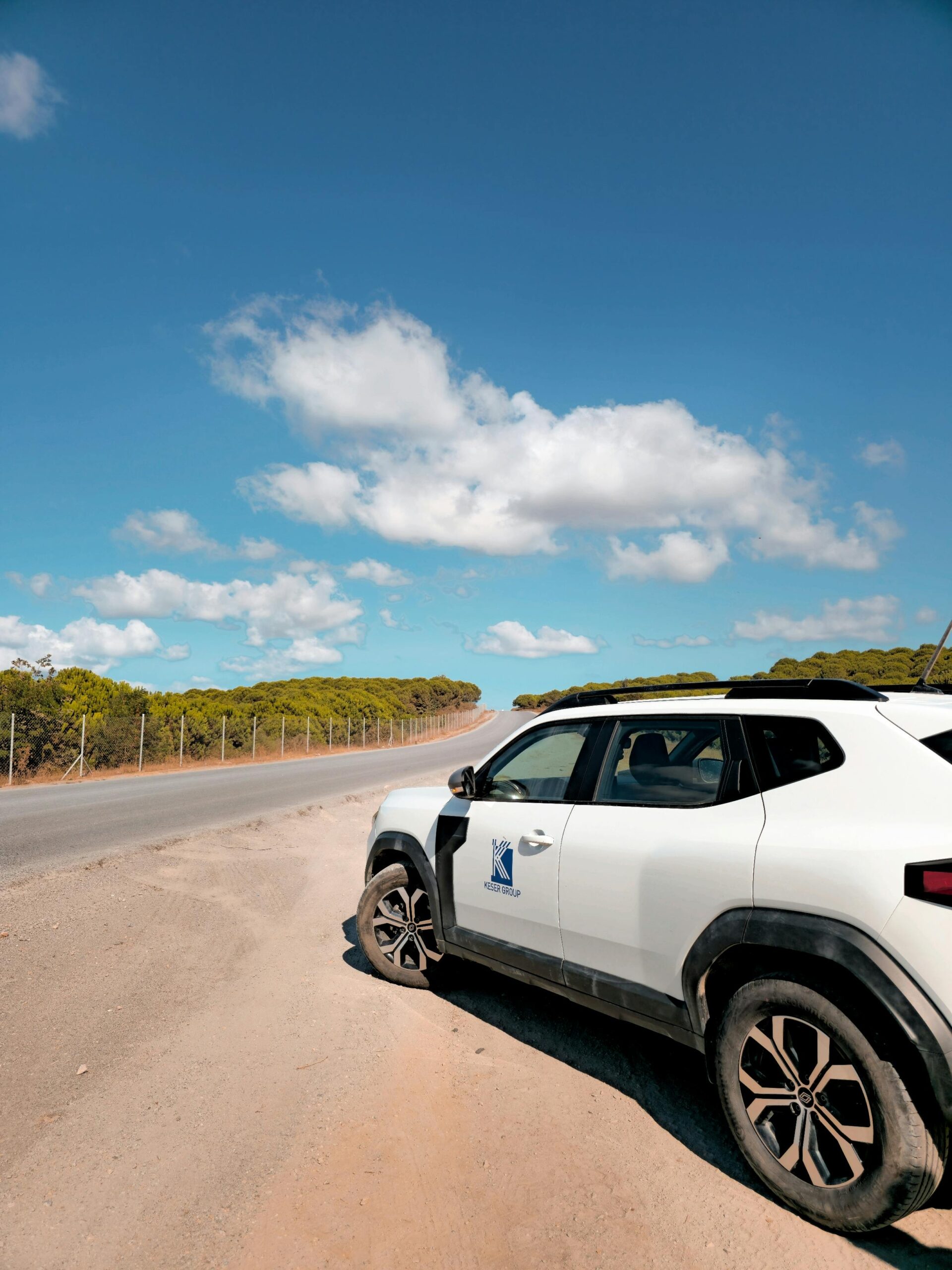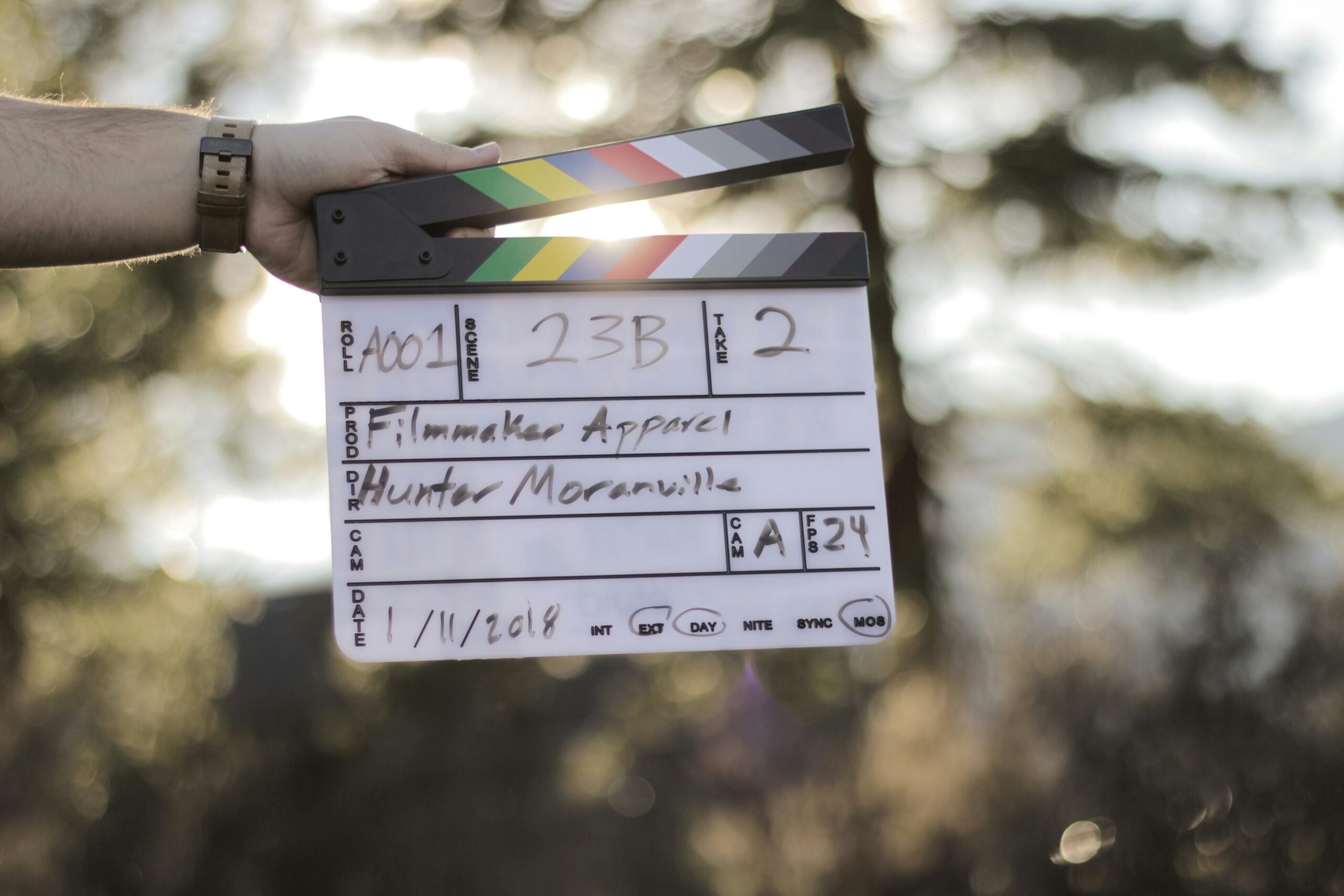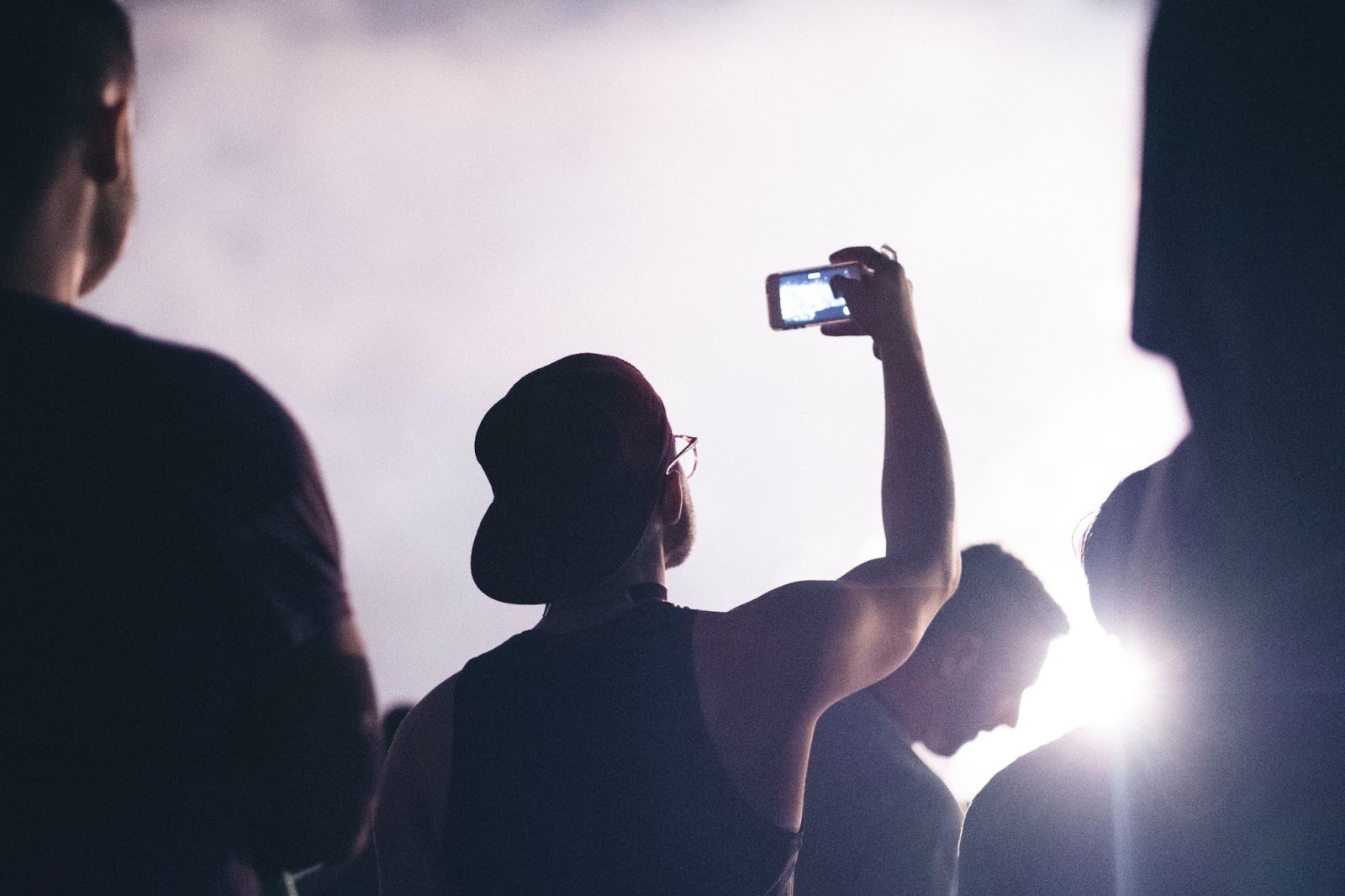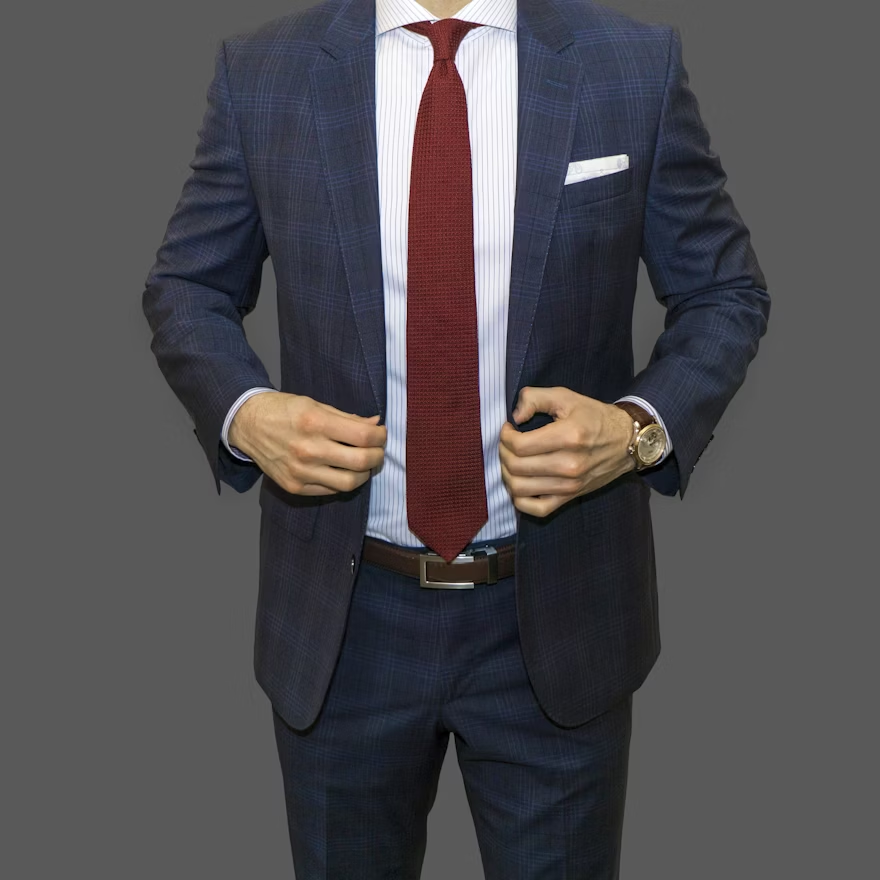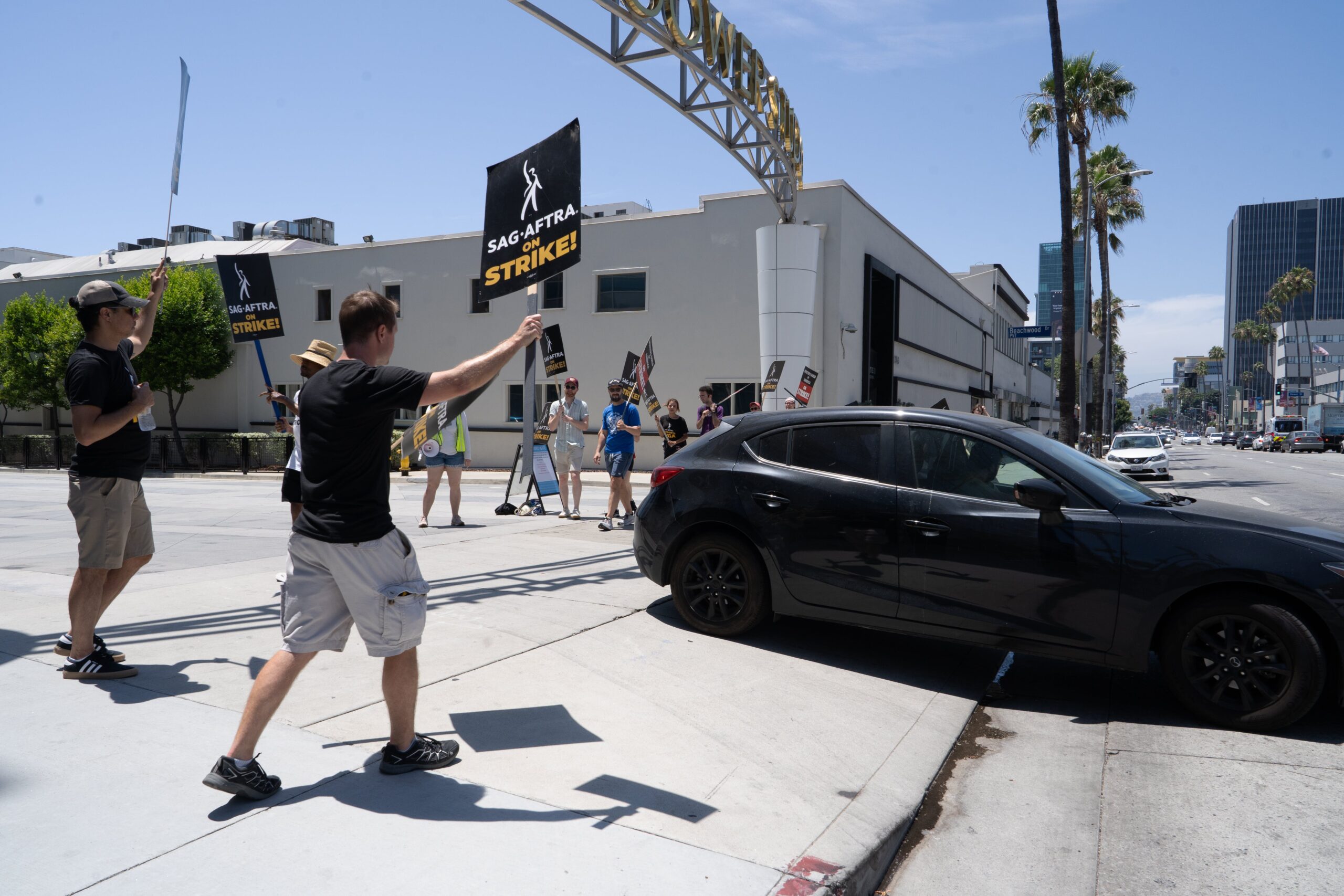Image credit: Unsplash
Customer acquisition strategies have changed for good after the pandemic. Where once methods were blunt, bombarding audiences with messages, then shifting to credential-focused pitches, they now operate on a more subtle level. The year 2025 is witnessing an age of brands that work their way toward actual authenticity, genuinely solve problems in the world, and choose platforms with clear intent.
As trust becomes the new currency, brands must offer more than polished marketing; they need to stand for something. From solo entrepreneurs to established firms, the most effective strategies today are rooted in empathy, transparency, and long-term value creation.
The Power of Authenticity for Small Business
Consumers have grown increasingly skeptical of large corporations, opening up new opportunities for smaller, more agile brands. According to Shawna Suckow, this shift is not just a trend but a competitive edge. Suckow has built a speaking career by helping small businesses do what big ones can’t: win trust fast without red tape.
“Small businesses can build trust through transparency and authenticity without committees or approval processes,” says Suckow, whose upcoming book Small is Your Superpower explores this theme in depth.
Without bureaucratic hurdles, small business owners are well-positioned to establish genuine relationships with their customers. It’s this sincerity rather than scale that’s now proving to be the true differentiator in crowded markets.
What gives small businesses an edge, according to Suckow, is not just authenticity, but agility. “They can pivot messaging, experiment with offers, or respond to market changes in real time,” she said. “That kind of flexibility is impossible for big corporations weighed down by internal red tape.”
Suckow notes that the best-performing businesses in her ecosystem are the ones that embrace experimentation over perfection. “Don’t try to act like a big brand to be taken seriously. Trust is earned when customers see a real human behind the business.”
Marketing That Solves Problems, Not Just Sells Services
While traditional marketing often spotlights a brand’s qualifications, the tide is turning toward relevance over reputation. Locked & Lawyered, a legal firm, exemplifies this shift by focusing squarely on the challenges its clients face.
“The best marketer wins, not necessarily the best service provider,” says founder Nakia Gray. She went from courtroom litigator to legal marketing authority by showing lawyers how to build digital-first firms that actually convert. Gray’s firm uses cost-effective advertising to educate and engage audiences before making any sales pitch. This way, the brand is recognized as a helpful presence long before it asks for business.
Gray’s approach stems from her journey as a former litigator who pivoted to digital entrepreneurship. That blend of legal expertise and marketing savvy helps her create campaigns that feel safe, empowering, and easy to engage with. “People aren’t just looking for a service. They want someone who makes them feel seen and heard. That’s how you win trust before you even close the sale,” she said.
By addressing client pain points upfront, brands like Locked & Lawyered are building rapport and revenue through relevance.

Don’t Overlook Existing Customers
Brand growth doesn’t always come from new leads. Sometimes, the most impactful strategy is strengthening existing relationships. Brand strategist Dr. Dian Griesel, Ph.D, highlights the importance of refining the customer experience through personalization and proactive engagement.
“Stay attuned to your customer’s evolving needs. Each interaction is a new moment,” Dr. Griesel, Ph.D, advises.
According to Dr. Griesel, Ph.D, retaining customers often yields more consistent and cost-effective returns than acquiring new ones. Smart brands are listening, following up, and adapting, turning satisfaction into loyalty, and loyalty into advocacy.
Dr. Griesel, Ph.D, believes that while automation can scale outreach, it’s personalization that keeps the relationship alive. One of her long-held practices is sending physical articles with handwritten notes to clients. A truly analog tactic in a digital world. “The smallest touch can say ‘I’m thinking of you’ louder than a flashy ad ever could,” she said. It’s about staying top of mind through meaningful, low-lift gestures.
Video and YouTube for Long-Term Lead Generation
While short-form video dominates social media, YouTube offers a different kind of power: longevity. Born21 Media positions the platform as an evergreen lead generation tool for brands that create content with enduring value.
“YouTube is like a salesperson working 24/7—if your content is valuable, it keeps selling,” says Aniket Mishra of Born21 Media. He’s helped small businesses generate leads from YouTube videos posted over two years ago, without chasing viral trends.
Unlike Instagram or TikTok, which rely on fast-paced trends, YouTube content can continue to attract and convert viewers for months or even years. For brands focused on solving problems, this platform offers compounding returns over time.
Mishra emphasizes that YouTube’s true power lies in patience and packaging. “Small businesses often give up too quickly,” he explained. “But a single well-crafted video can drive leads for years if it addresses the right pain point.” His team often works with professionals like doctors or tradespeople, helping them shift from just generating views to creating conversion-driven video funnels.
VI Marketing and Branding, founded by Tim Berney, emphasizes the importance of utilizing various digital channels for distribution. With over 30 years in the business, he’s helped brands succeed by adapting timeless marketing principles to ever-changing platforms.
Video remains a powerful, versatile tool for not only storytelling, but also demonstrating value.
Berney adds that message-to-medium alignment is non-negotiable in today’s crowded digital world. “You can’t just copy-paste a campaign across platforms and hope for the best,” he said. His agency often customizes messaging depending on whether a user is passively browsing or actively searching.
The context in which a message appears shapes how it’s received, and successful brands meet customers at their level of intent. “The same message won’t work on Google, Instagram, and a podcast. Context is everything,” Berney says.

Using Technology to Eliminate the Stress of Planning Vacations
Vacations are meant to be a fun time spent with family and friends. However, planning vacations can often be a stressful ordeal. Companies like Lake.com are using AI with content marketing to make booking lakehouse rentals easier than ever before.
Lake.com is taking on Airbnb and Vrbo, not by outspending them, but by outfocusing them.
Founded by David Ciccarelli, Lake.com developed a three-step framework for the traveler journey: want to know, want to go, and want to do. Through this, users are able to find their ideal lakehouse rental with fewer steps.
Ciccarelli also credits Lake.com’s growth to its focus on underutilized supply. “So many gorgeous lake homes sit empty most of the year,” he said. “We tapped into that gap not by trying to outspend Airbnb, but by showing up where others weren’t looking.”
The company also integrates with property management systems, making onboarding seamless for hosts juggling multiple listings. “We’re not winning because we’re louder. We’re winning because we’re more focused.”
Personal Branding Inside Companies
As AI-generated content floods digital spaces, human voices have become more essential than ever. Luca O’Neill of Access Partnership, a public policy consultancy firm that focuses on tech, works with executives to build personal brands that not only reflect their values but also align with company objectives.
What sets O’Neill’s method apart is how systemized the personal branding process has become. Instead of investing in corporate ads, Access Partnership identifies experts within the organization and develops LinkedIn content strategies tailored to each. “When you optimize individual voices instead of brand handles, your visibility multiplies,” he explained. The return on that visibility can mean public speaking invitations, thought leadership, and inbound leads.
“Authenticity is the antidote to the content flood. Real voices win in a sea of sameness,” says O’Neill.
By humanizing their organizations through personal branding, companies are building deeper connections and standing out in increasingly crowded markets.
Jenn Prochaska emphasizes the importance of face-to-face networking as a key growth driver. Personal interactions with clients build trust and create emotional connections that drive purchasing decisions.
“When I shake someone’s hand, I’m not just pitching. I’m building trust in real time,” Prochaska explains. As AI floods inboxes and content feeds, she believes the human element becomes the most valuable currency. Her secret weapon: real conversation.
Despite running a fully digital business, more than 70% of Prochaska’s client base comes from live conversations at local events, co-working spaces, and business workshops. She’s also seen former clients grow revenues by 30–50% within months after articulating their messaging, often without changing a single product or service.

The AI Search Opportunity
Finally, as search habits evolve, Avenue Z urges brands to pivot from traditional SEO and embrace content optimized for AI search engines. Formatting for AI readability and maintaining cross-platform consistency are quickly becoming critical success factors.
“Most brands still optimize for Google, but AI search is the future. And it’s wide open!” Jonathan Snow, co-founder of Avenue Z explains. Their AI Visibility Index shows that the right strategy can 4x brand visibility on Perplexity over ChatGPT.
AI visibility is rewriting how brands show up online, and Snow is leading that charge by helping companies navigate how AI surfaces content through tools like ChatGPT, Perplexity, and Google’s AI Overviews. “It all comes down to three pillars: earned media, SEO structure, and site traffic,” he said.
Snow’s firm’s AI Visibility Index found that beauty brands featured in high-traffic, trusted publications saw 4x more shopping activity when surfaced through Perplexity versus ChatGPT.
This emerging space offers a significant opportunity for early movers, especially those ready to adapt their content strategies to meet the needs of evolving digital landscapes.
Final Thoughts
With people already overwhelmed with choice and content, customer acquisition no longer hinges on volume; it depends on value. Brands that succeed in 2025 will be those that show up with authenticity, address real pain points, nurture existing relationships, and choose their platforms strategically.






